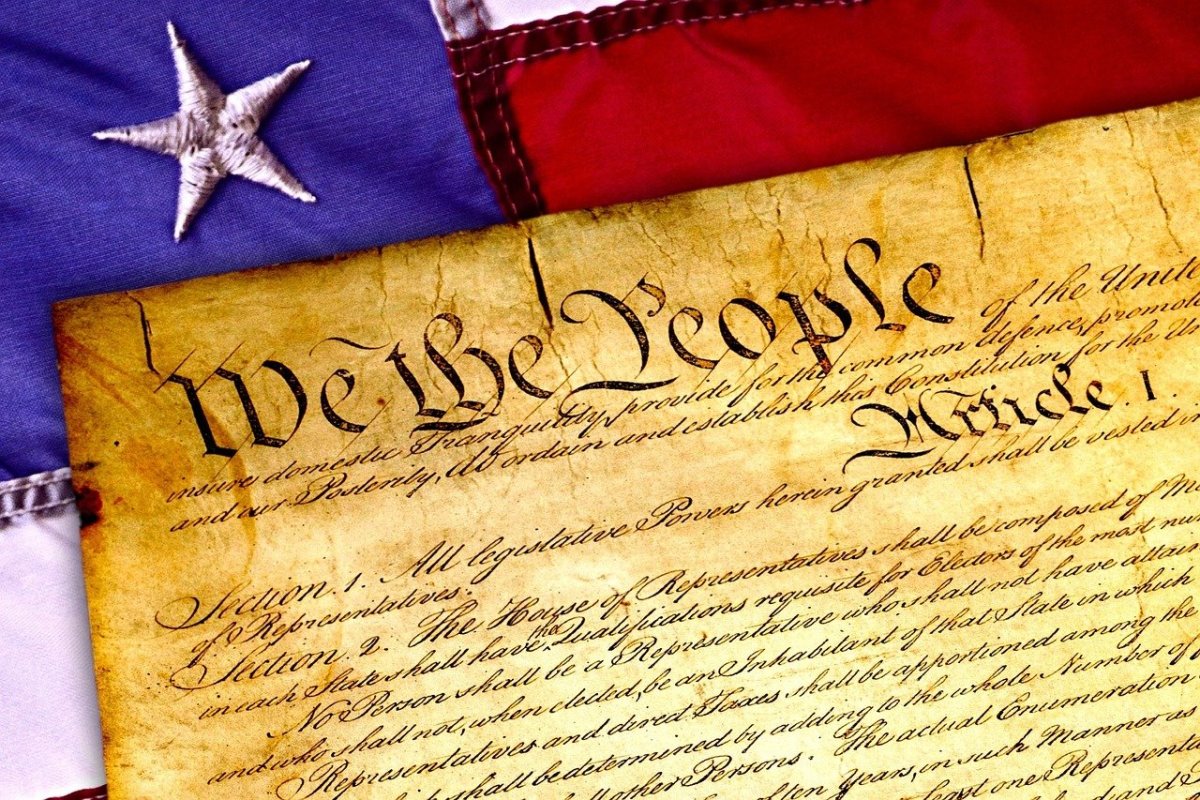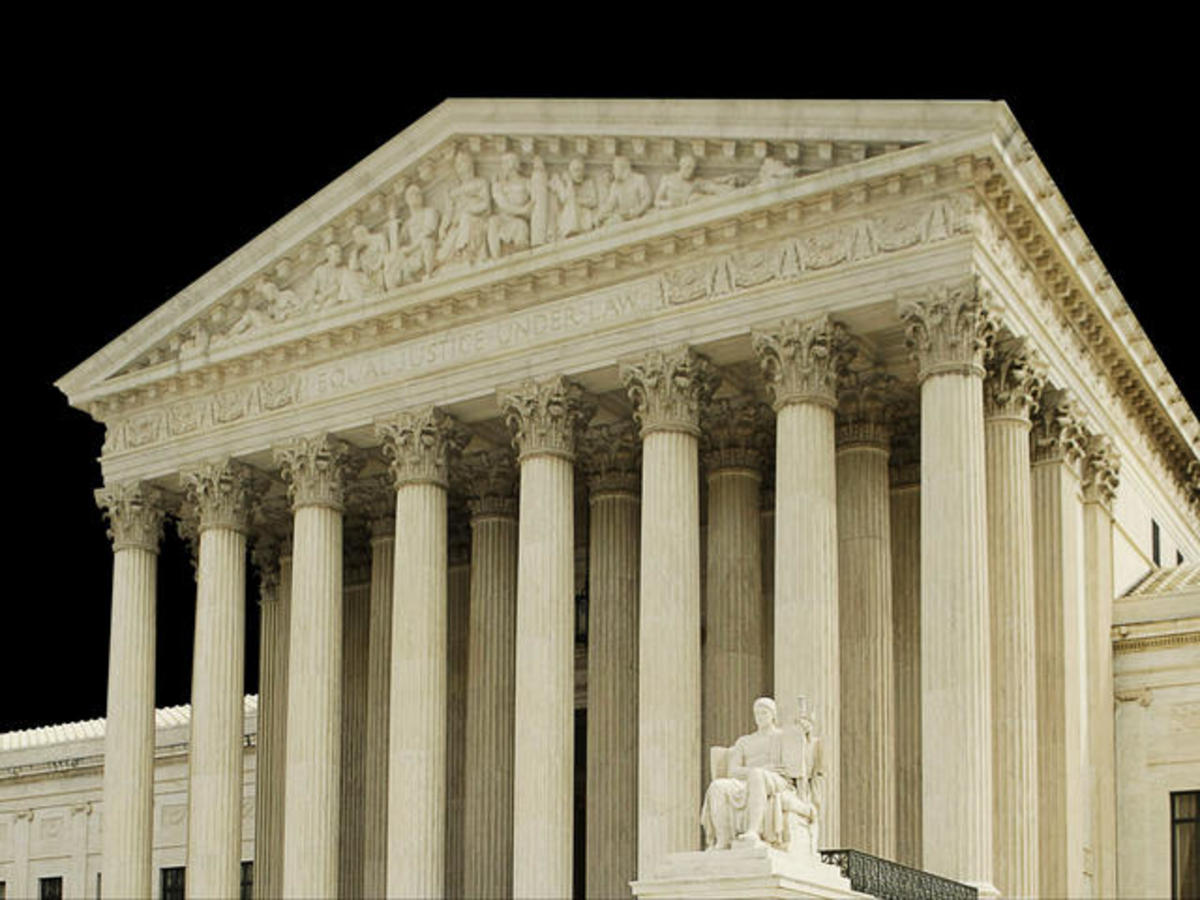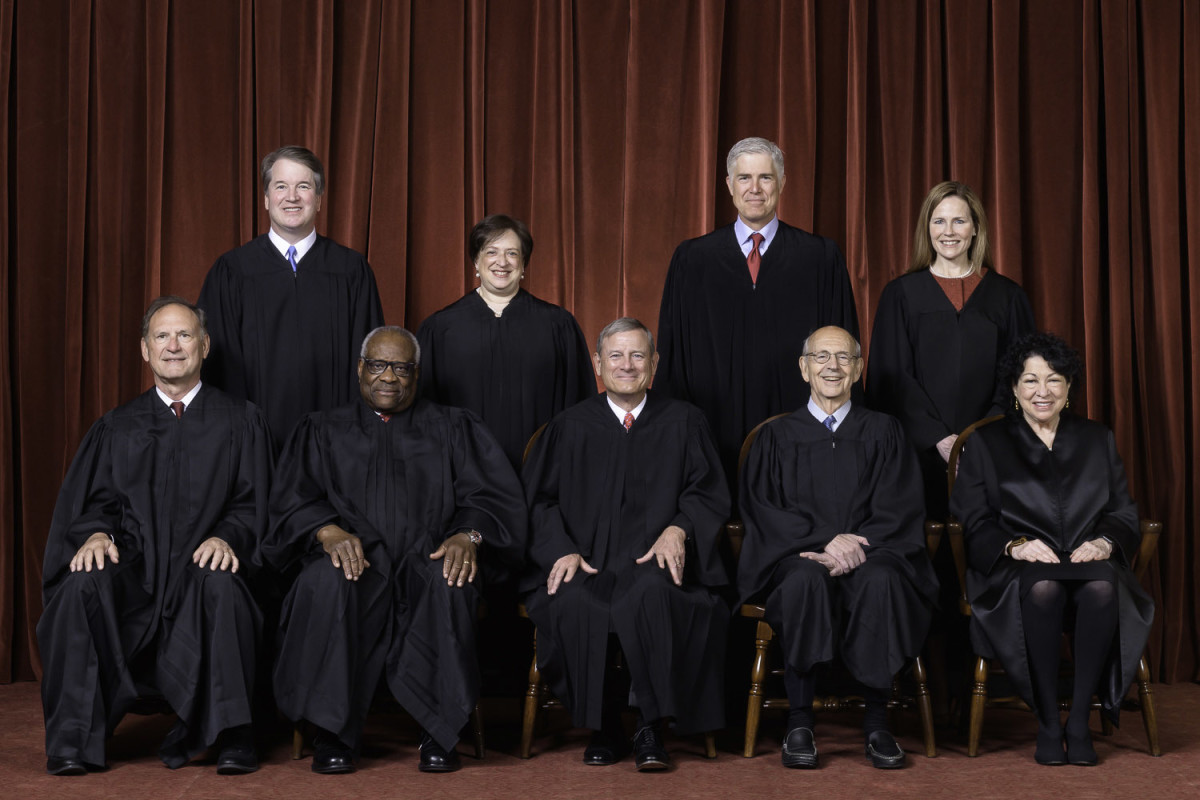Articles of Confederation as the Uniteds' First Constitution
Articles of Confederation
Introduction
The Articles of Confederation is deemed to be the United States' first constitution that was written during a duration when the American individuals dreaded strong national governments. The new nation required a certain types of organization in a bid to hold states together as well as to assist them to fend off imminent attacks and optimistically make a relatively stronger economy. The Articles of Confederation was considered to be the best answer for accomplishing unity (Maggs, 2017). The English administration had been exclusively abusive to the underlying Colonists, who were deemed to be extremely unwilling to set up a new administration that could possibly operate similarly to the corresponding monarchy under the rule of King George. Moreover, the loyalty of the individuals deemed to be aligned more with the single states rather than the nation. Succeeding the American Revolution, states continued to print their respective money, which was valueless within other states and impeded cooperation. Moreover, during the American Revolution, numerous states had their constitutions, which entailed political ideas that offered equality as well as freedom. States principally relished the underlying three subdivisions of administration as well as the notion of a republic, where citizens chose the political officials. Nevertheless, the nations created a confederation after merging with the first constitution thus making the states' sovereign. The paper will discuss both strengths and weaknesses of the Articles of Confederation and how it led to the inception of the new constitution in 1787.
Articles of Confederation
The Articles of Confederation solely established at the Federal stage a renowned Continental Congress, which lacked executive as well as judicial branches apart from within the underlying states. The states were maintained each right that was not explicitly granted to Congress (Maggs, 2017). Moreover, the bonding of the existing states was developed based on the strong league of the alliance that best acted as a protection agreement against the underlying invasion. States were not permitted to utilize taxes as a means of discouraging the treaties, and states were extremely restricted within their respective dealings with the corresponding foreign nations (Van Cleve, 2017).
Strengths of Articles of Confederation
Not numerous historians presently talk on the fundamental strengths of the underlying Articles of Confederation probably due to the unpopular nature of the document. The Articles aided in the establishment of the fundamental legislative body known as Congress as the uppermost power within the country due to the anxiety of monarchy. Moreover, Congress possessed the sole power in regard to declaring war, assigning treaties, engaging overseas relations, as well as operation of the post offices (Maggs, 2017). Disputes amidst states and corresponding territorial issues were explicitly under the power and mandate of the Congress. The document also outlined that Canada was permitted to enter the Union in case they wanted.
Weaknesses of Articles of Confederation
The lack of power granted to the corresponding Continental Congress typically suppressed the existing federal administration. The Articles granted the underlying Congress authority to enact laws but no power in terms of enforcing those particular laws. In case a state never supported the federal law that the state could basically disregard it (Kowalski, 2017). Moreover, Congress possessed no authority to charge taxes as well as control trade. Devoid of the federal court system as well as executive leadership, there was no means of enforcing these enacted laws (Maggs, 2017). Thus, amending the underlying Articles of Confederation would also need a united decision, which would be enormously cumbersome.
Under the Articles of Confederation, states reserved their respective freedom as well as independence. Every underlying thirteen states possessed a vote within the weak national Congress that were typically chosen through the existing state administrations, while a vote of the corresponding nine states was needed in a bid to enact any laws and an undivided vote of entire thirteen states was needed for the Articles to be altered (Kelley, 2018). Moreover, the national Congress was also deprived of the fundamental authority to tax, thus, hindering them of the capability to pay for the army and navy required to protect the nation.
The outcome of this decentralized style was that every state-operated within numerous means in the form of an independent country. Numerous states negotiated their respective trade agreements with the nations that the king had formerly deemed not to have an association with the corresponding colonies, while supplementary states created their respective own militaries. Thus, the state never operated as a nation (Taylor, 2018). Moreover, fears emerged that 13 states operating as autonomous nations were deemed to facilitate the vulnerability of the nation.
In collaboration with absence of authorities possessed by the feeble national Congress as well as every state’s independent and frequently contradictory actions, depicted that the Articles of Confederation were not designed in means that could safeguard the new nation. This apprehension was seen by the Shays Rebellion in the year 1786 when 2000 western Massachusetts farmers trooped on the county courts in a bid to safeguard the land foreclosures (Barnett, 2019). Moreover, the farmers’ land was typically under threat with foreclosure since they were assured that they never had to recompense taxes as well as supplementary debts on their respective land during the Revolutionary War (Kelley, 2018). The promises were not adhered to which prompted the farmers to resort to a revolt. Congress could not act since it was weak and never had its own army.
Shays’ Rebellion encouraged legislatures from five states to accomplish within the Annapolis, Maryland within 1787 to resort for the constitutional resolution for the entire thirteen states the subsequent May within the Philadelphia (Van Cleve, 2017). Congress stipulated that the chief intention of this May convention was typically to express the intention of reviewing the underlying Articles of Confederation.
How Articles of Confederation prompted the creation of a new U.S. Constitution in 1787
The Articles of Confederation was typically devised in a bid to lose relationship amidst the states as well as the initiated federal government with very restricted powers. Nevertheless, within the short duration, fundamental matters of the states were entirely controlled by the existing state legislatures, which made the weakness of the confederation apparent to all people (Barnett, 2019).
The Shays' Rebellion happened within western Massachusetts due to the escalating debt as well as economic confusion in 1786. Moreover, the national government was deemed to be unable to collect a joint military force among the underlying states to assist in curbing the rebellion, depicting a serious flaw within the edifice of the underlying Articles of Confederation (Maggs, 2017).
Due to the apparent economic and military weaknesses, particularly after Shays' Rebellion, Americans commenced requesting for alteration to the Articles with the hope of developing a relatively stronger national government (Taylor, 2018). Despite the states converging in a bid to tackle their respective trade and economic difficulties together, the numerous states fostered for the altering of the Articles, which led to a conference within Philadelphia in 1787 commonly known as Constitutional Convention (Kelley, 2018). Consequently, it was determined that the alterations could not work and the whole Articles of Confederation required to be replaced with the new U.S. Constitution in a bid to dictate the edifice of the national government.
Due to all the weaknesses of the Article, the Constitution of the United States was initiated. In February of the year 1787, the Continental Congress delivered a notice to all the states to send delegates to Philadelphia, within Pennsylvania in a bid to review the Articles (Kelley, 2018). Moreover, the Constitutional Convention convened in 1787 within the Independence Hall and allowed amendments of the Articles of Confederation. The Article was obliterated and a new charter was created, which was deemed to be a more centralized kind of government. The new document was finished in September 1787 and consequently accepted in 1789. All the delegates drafted the constitution which incorporated extensive interests, background as well as stations within life. The central objectives were expressed within the preamble to the Constitution.
References
Maggs, G. E. (2017). A Concise Guide to the Articles of Confederation as a Source for Determining the Original Meaning of the Constitution. Geo. Wash. L. Rev., 85, 397.
Kelley, M. (2018). Why did the Articles of Confederation fail?. About Education.
Van Cleve, G. W. (2017). We Have Not a Government: The Articles of Confederation and the Road to the Constitution. University of Chicago Press.
Barnett, R. E. (2019). The Declaration of Independence and the American Theory of Government: First Come Rights, and Then Comes Government. Harv. JL & Pub. Pol'y, 42, 23.
Taylor, J. (2018). An Inquiry Into The Principles And Policy Of The Government Of The United States. Routledge.
Kowalski, K. M. (2017). Checks and balances: a look at the powers of government. Lerner Publications.
This content is accurate and true to the best of the author’s knowledge and is not meant to substitute for formal and individualized advice from a qualified professional.
© 2020 Michael Omolo






![Texas v. Johnson - The 1st Amendment Right to Burn the American Flag: Something You May Not Have Known [148]](https://usercontent1.hubstatic.com/6789546_f120.jpg)

